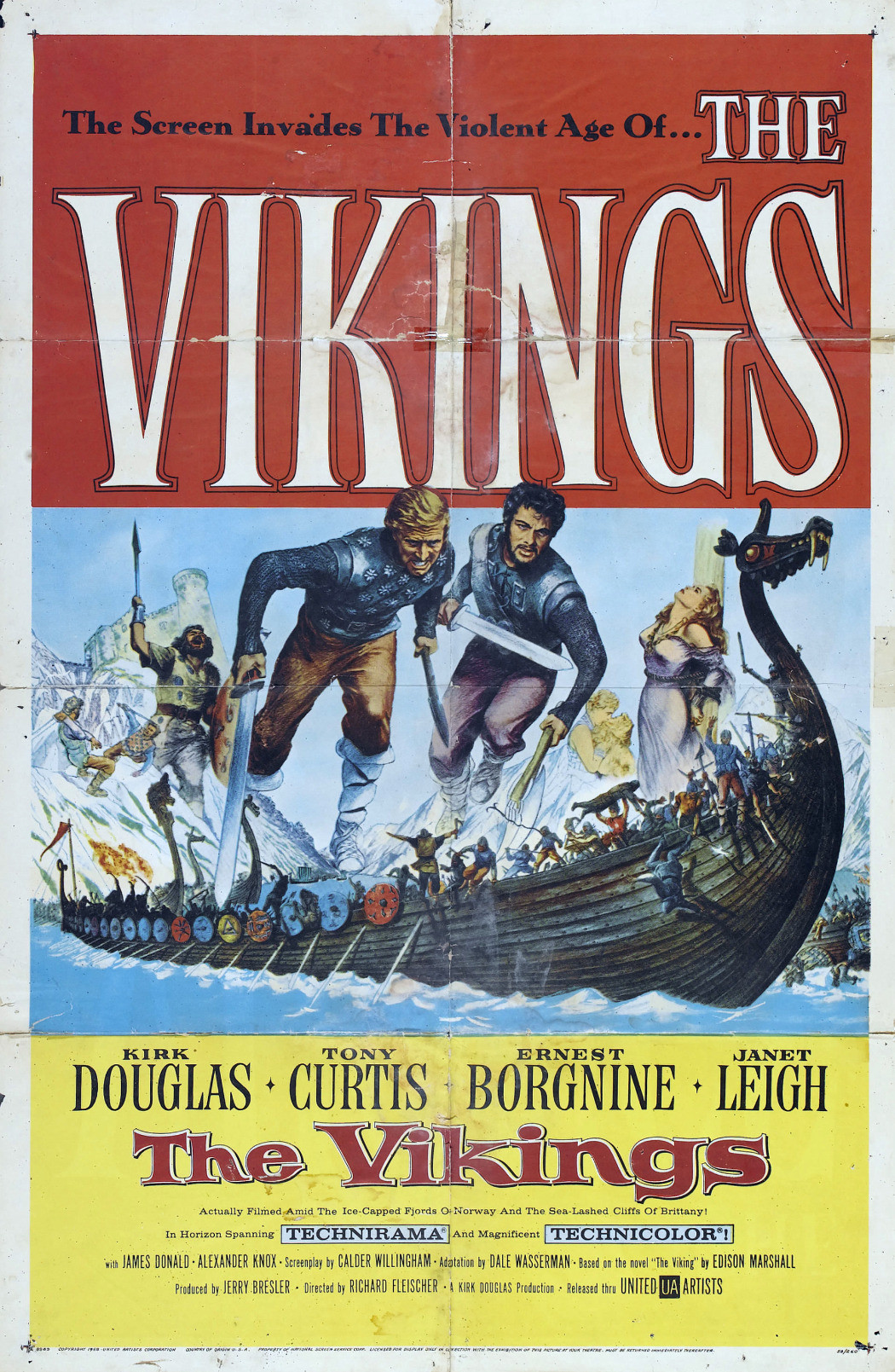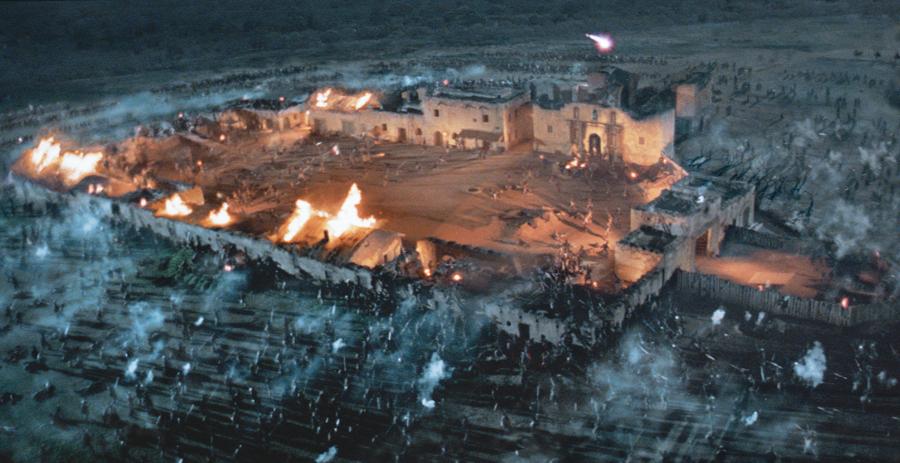Chesterton on cranks
/Today I ran across these passages from two columns by G.K. Chesterton again. They appeared in successive editions of the Illustrated London News in July 1913. The world before the First World War is as near an alien world as we can approach, but not, as I think these columns demonstrate, totally dissimilar.
Here, Chesterton is explaining what it's like to talk to a crank (in the sense of a zealot for some idiosyncratic cause or theory) and attempting to settle on some definition, some classification that will help identify cranks.
From, "The Habits of the Crank," July 19, 1913:
I have spent much of my life in studying the habits of the crank. . . . By this time I believe I have an eye for a crank. And, before going any further, let me hasten to explain that a sincere and simple enthusiast is not a crank, however wild he may be, or however wrong he may be. Don Quixote was not a crank. Plimsoll was not a crank. Mr. George Lansbury is not a crank. If you said these men were simply mistaken, I should still retort that at least they were mistaken simply. But the crank is never simple. He could no more make a plain mistake than he could see a plain fact. I have never satisfied myself with any definition of him: but you all know him. Sometimes I have thought he might be defined thus: that he always talks on his one topic; and yet it is not his topic that tires us, but himself. . . .
There is another possible definition of the crank. He is that man who always manages (by an eternal crisis of self-consciousness) to combine all the disadvantages of everything. Another way in which I tried to define the crank was that he always begins at the wrong end. He never knows the right way to take hold of anything, as one takes hold of a cat by the scruff of the neck. He always tries to catch his cat by the tail; especially if it is a Manx cat. The thing he begins with is always the thing that is last—and least. Thus, if he is talking about the ancient and awful bond between man and women, he will talk about votes before he talks about vows. Thus, if he is interested in talking about children, he will be genuinely interested in the children’s schools; it will never so much as cross his mind that children, as a class, generally belong to families. If he is interested in Shakespeare, he will not be interested in Shakespeare’s poetry; he will be interested in the extraordinary question of who wrote it. If he is interested in one of the Gospels or in one of the Epistles, he will not be interested in what is written there; he will be interested in some bottomless bosh about when it was written. It was when I had got thus far in my speculations that I began to suspect that I had found the definition of the crank after all.
The true and horrid secret of the crank is this: that he is not interested in his subject. He is only interested in his object. He wants to do something, to alter something, to feel he has made a difference, to rediscover his own miserable existence. He does not care for women, but for Votes for Women; he does not care for children, but for education; he does not care for animals, but for Anti-vivisection; he does not care for Nature, but for “open spaces.” . . . [H]e has not enough energy to live the life of contemplation. He can never enjoy a discussion because he can never enjoy a doubt. He is unfit for all the arts and sciences and philosophies, which require a powerful patience or a noble indifference. He is unfit to be an agnostic. . . .
Again, the crank is never really interested in his subject, because he takes too stiff and biased a view of it. He knows nothing of the romantic hesitations, the rich reactions that there are in a really interesting subject. He cannot love and hate a thing at the same time; which is the root of half the poetry of the world. . . . They know very little of their tragic side, and nothing at all of their comic side. They want to alter something and to feel bright and bustling. That is what they mean when they say that their eyes are fixed on the future. They never by any chance look at what they are doing.
And from "The Cranks of Secular Education," July 26, 1913:
The crank, to whom I made some references last week, has another characteristic which leads us to another subject—for, indeed, he only has it when he is the nicest sort of crank, and the nicest sort of crank is rare. And the difficulty about him is not that he differs from everybody else, but that he cannot believe that anybody else differs from him. He thinks things are self-evident which are really in the last degree questionable; and he thinks opinions are universal which the mass of mankind has never heard of. He labours under the fixed idea that you and I do not know what our own opinions are, and he kindly explains them to us. He says, “As a Christian, you must admit that all armaments are in theory immoral”; and if I answer that neither Christianity nor my modest self admits anything of the kind, he says it is a paradox. He says, “As a Socialist, of course you would be in favour of divorce reform”; and if I tell him in all simplicity that I am not a Socialist, and if I were I need not be in the least in favour of divorce reform, he entertains some extraordinary notion that I am pulling his leg. Whereas I have no desire of the kind—except, perhaps, a faint desire to pull his nose for being so abominably stupid.
I'm struck by how much these descriptions resemble present day political discourse; certainly among activists and the ideologically possessed, but across a pretty broad segment of the population.
Finally, cranks are very often tangled up in conspiracy theories, which is a topic I've studied and read a lot about. Not all conspiracy theorists and cranks (a good majority probably are and the rest tend that way), but all cranks adhere to at least one conspiracy theory. Here's Umberto Eco bridging the gap between Chesterton's crank and the paranoid conspiracist:
A lunatic is easily recognized. He is a moron who doesn’t know the ropes. The moron proves his thesis; he has logic, however twisted it may be. The lunatic on the other hand, doesn’t concern himself at all with logic; he works by short circuits. For him, everything proves everything else. The lunatic is all idée fixe, and whatever he comes across confirms his lunacy. You can tell him by the liberties he takes with common sense, by his flashes of inspiration, and by the fact that sooner or later he brings up the Templars.











































